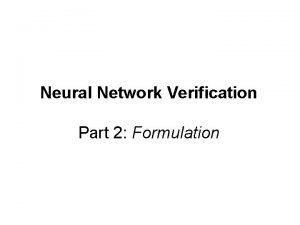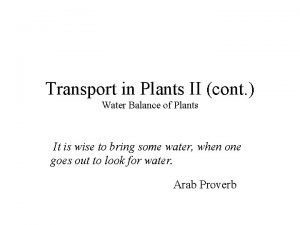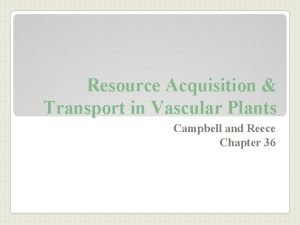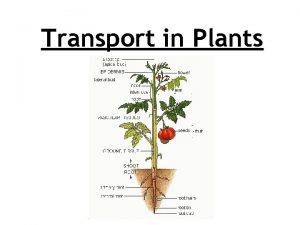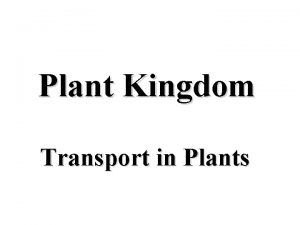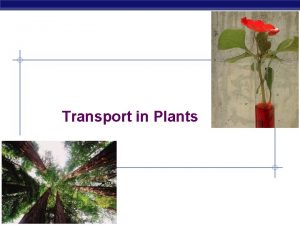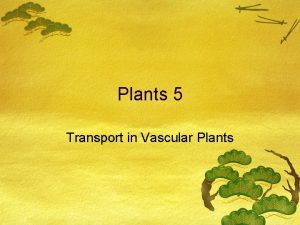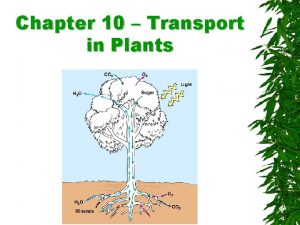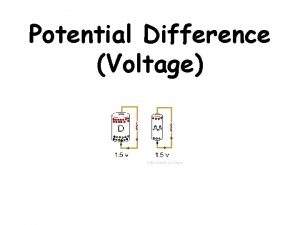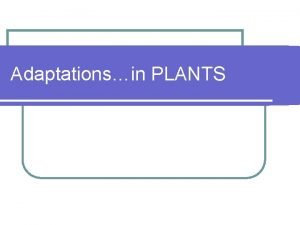Transport in Plants Spot the Difference Transport in










- Slides: 10

Transport in Plants Spot the Difference!

Transport in Plants • Xylem water and soluble minerals travel upwards • Phloem sugars travel up and down

Section of a Plant Root xylem phloem • Xylem cells arranged in a cross shape • Phloem cells within the corners of the xylem

Section of a Leaf • Vascular bundles form the midrib and veins of the leaf • Xylem above phloem

Section of a Stem Vascular bundle xylem phloem cambium (in between the xylem and phloem) • Separate vascular bundles • Bundles towards outer edge of stem • Ring of vascular tissue around the edge of stem • Xylem towards inside and phloem towards outside of stem • Cambium - layer of meristem cells. Undifferentiated. Produce new xylem and phloem

phloem xylem cambium

Function of Xylem • Transports water and minerals from roots to the rest of plant • Transported upwards

Structure of Xylem • Tubes to carry water and dissolved minerals, fibres for support • Xylem vessel elements (living parenchyma cells) impregnated by lignin • Lignin waterproofs the cell walls and prevents them from collapsing. This leaves a long column of dead cells • Water can pass through the cell walls through pits • No cell contents, nucleus or cytoplasm

Function of Phloem • Transports sugars from one part of plant to another • Transported up or down 2 types of cell – sieve tube elements – companion cells Linked by plasmodesmata

Structure of Phloem Sieve tube element • Very little cytoplasm, no nucleus • Lined end to end forming a tube • Contains perforated cross-walls (sieve plates) – allows sap through the pores Companion cell • Large nucleus, dense cytoplasm, many mitochondria • Responsible for metabolic processes (requires ATP)
 Vascular vs nonvascular plants
Vascular vs nonvascular plants Non vascular plant reproduction
Non vascular plant reproduction Classification of flowering and non flowering plants
Classification of flowering and non flowering plants C3 plants vs c4 plants
C3 plants vs c4 plants Palestine
Palestine Spot difference
Spot difference Mineral transport in plants
Mineral transport in plants Phloem
Phloem Resource acquisition and transport in vascular plants
Resource acquisition and transport in vascular plants Primary and secondary transport
Primary and secondary transport Primary active transport and secondary active transport
Primary active transport and secondary active transport





